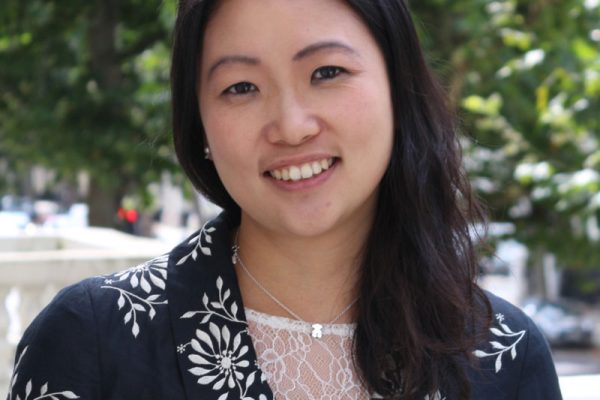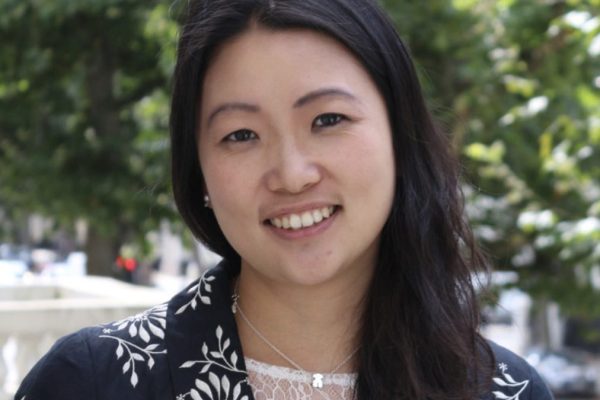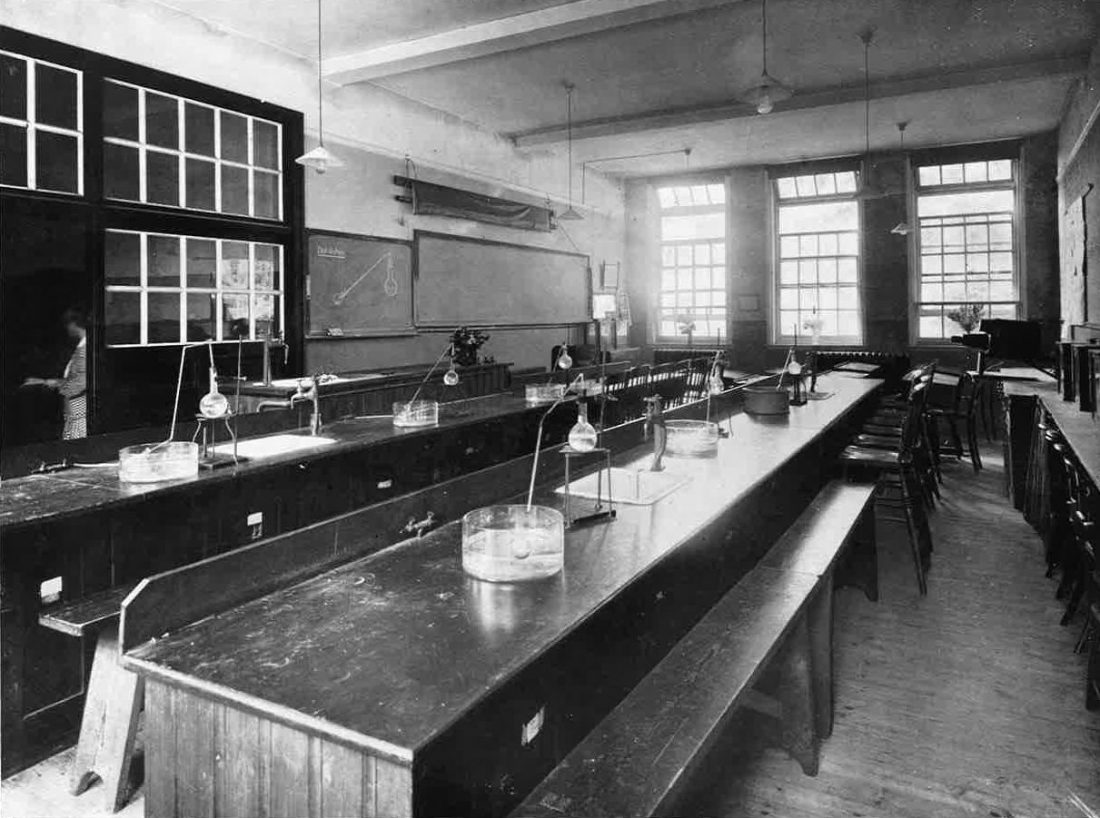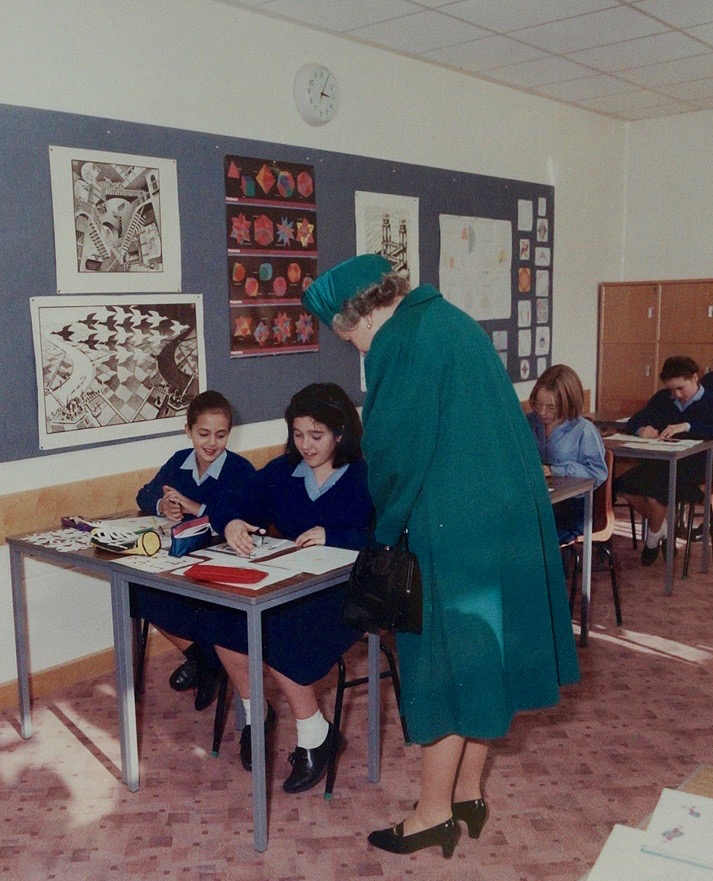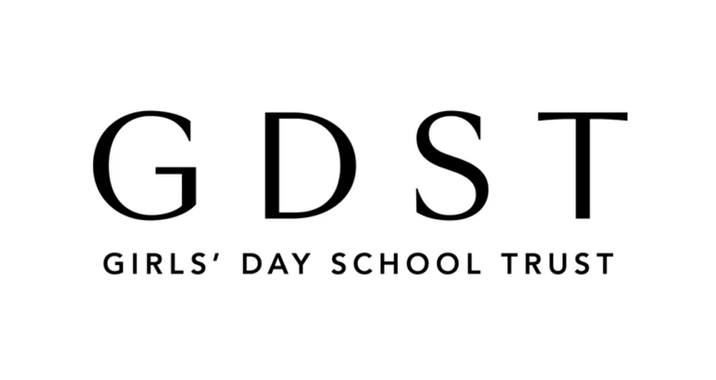Self-Discipline: The Secret Ingredient
I wonder if you have a lucky mascot. Maybe it’s a cuddly toy, a crystal or even a special pair of lucky socks? It seems even the students on University Challenge have mascots for their teams, perhaps hedging their bets that if everything else fails, then maybe ‘lady luck’ can be harnessed to their benefit.
I remember thinking the same as I approached my A Levels, and for each exam had my lucky gemstone perched on the desk in front of me. I repeated this during my PhD viva where I had to defend my thesis on urban river engineering and showcased my knowledge to a panel of academic experts. However, let me say now, it was not wholly reliable.
It is not luck that will help us achieve our goals but diligence grounded in self-discipline which is the ‘mother of good luck’. This means that if you work carefully and constantly you are far more likely to be successful, as if luck had come your way. In fact, self-discipline is often missing in discussions of the drivers of success, overshadowed by intelligence, natural abilities, hard work, personal connections and luck. Yet, self-discipline – the practice of continually pursuing an objective despite the effort required, the obstacles to overcome and the temptations to pursue a less difficult target – is often the single critical influence in ultimate outcomes.
Some years ago, I attended a lecture by Dr Christopher O’Neill, founder of the MYRIAD research project (https://myriadproject.org) in Oxford University which investigates resilience and wellbeing in young people. Dr O’Neill is a psychologist, registered psychotherapist and trained counsellor and he has 40 years’ experience of working with students and staff in schools. He made it clear that outstanding achievement is not so much down to genes, teachers or parents (although these factors can play a part), but down to ‘YOU’!
So, what can ‘you’ do if we are to believe that there are a number of important factors leading to outstanding achievement which, unlike our genetic profile, are entirely under our control. Dr O’Neill identified four factors which can tip ‘luck’ in our favour –
- Putting in the hours… perspiration! Edison famously said ‘Genius is one percent inspiration and ninety-nine percent perspiration’. In other words, focused, sustained and deliberate work or practice is essential for everyone to achieve well. This ties in neatly with Malcolm Gladwell’s book, Outliers, which claims that 10,000 hours of intensive, deliberate practice is necessary to gain mastery of a complex skill or subject like playing violin or excelling at computer programming.
- Self-discipline… the superpower of self control! Stanford scientist, Walter Mischel, famously set pre-school children the ‘marshmallow test’ to see if they could defer the gratification of eating one marshmallow for 15 minutes, in order to win two. It turns out the ability to defer gratification is the single best predictor for later achieving better grades at school, earning higher salaries and being more healthy.
- A growth mindset… In other words, belief that achievement is a result of deliberate effort as opposed to a fixed mindset, where you believe that you are born with fixed abilities and therefore effort has little effect. The power of ‘yet’… I can’t do it ‘yet’. Having a growth mindset is about the belief that someone can learn and improve.
- Finding your inspiration to keep you going! Motivation is like launching a rocket before it can take off. That means seeking out what inspires us, setting goals, and taking encouragement from those who offer it.
So, there you have it, the best advice for all those who wish to succeed in school and in life generally. I should also highlight that many incorrectly equate “willpower” with self-discipline. Willpower — the ability to say “no” to temptation — is a synonym for self-control. On the other hand, self-discipline is learned, structured, well thought out and consistent. It is strengthened through practice. My message here is simple: self-discipline is essential for paving our road to success. It equips us with the battle gear for resisting temptation and winning at everything we do. Our intellectual dispositions at Northampton High, namely, collaboration, curiosity, independence, perseverance and risk taking are embedded in our bespoke curriculum and will most certainly support our young people to flourish in a changing world.

